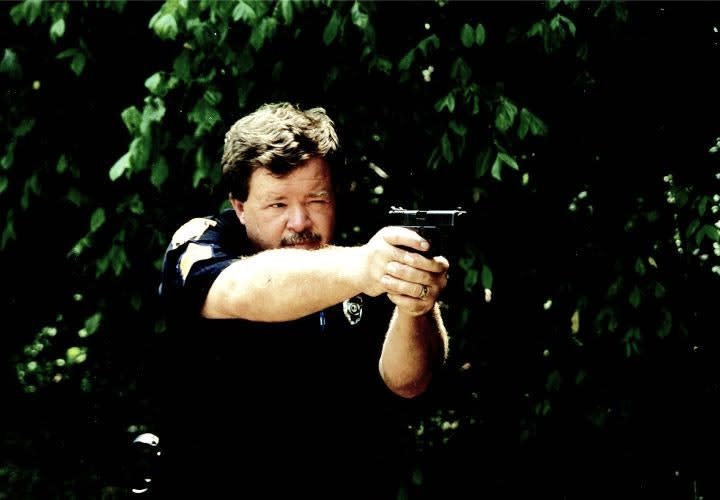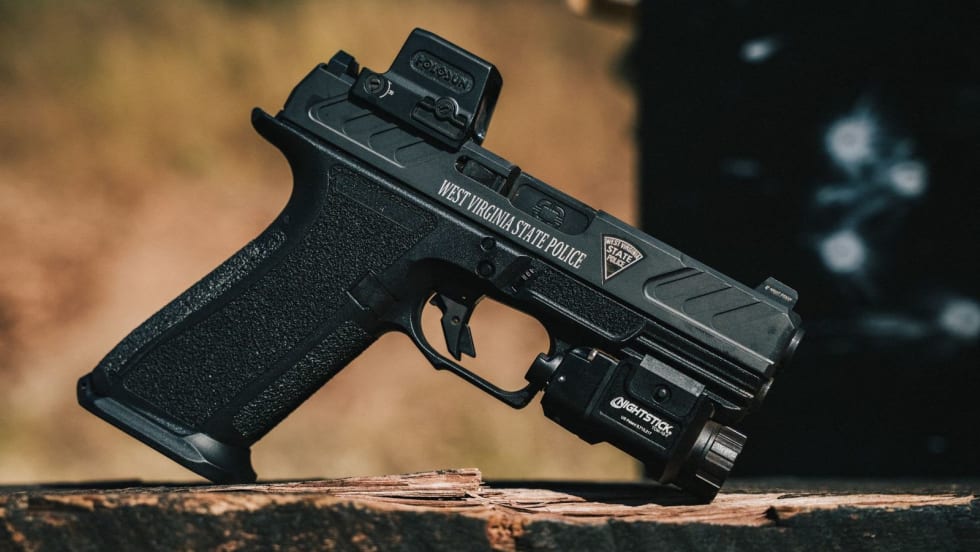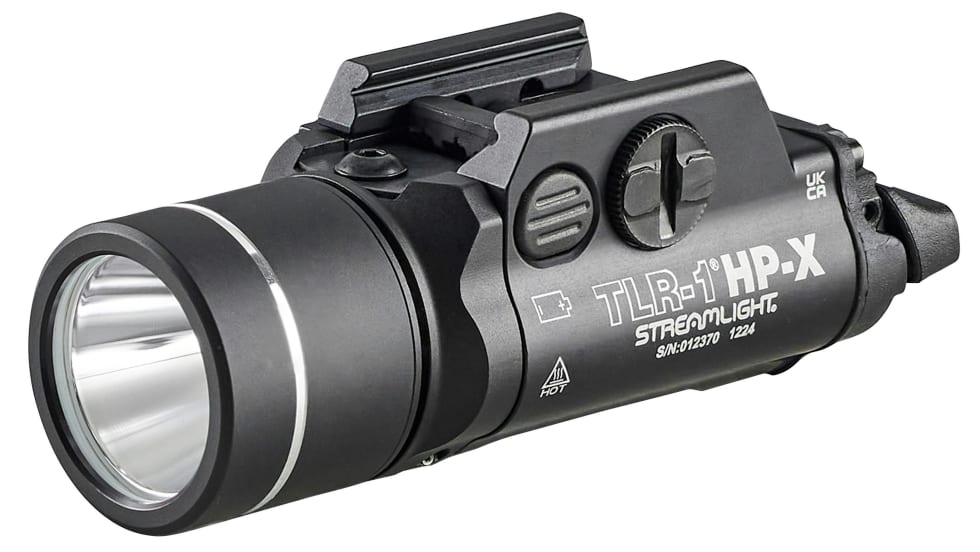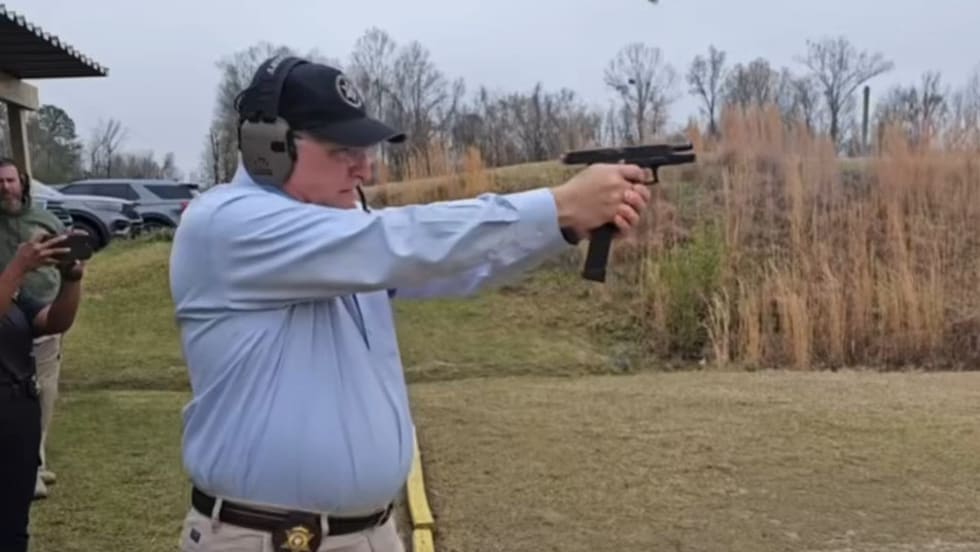The P220 is an accurate gun, but as a somewhat compact pistol, it also generates less muzzle velocity than other models. For example, a 230-grain JHP develops 780 feet per second from a P220, as opposed to 850 fps from a full-length barrel.
To counter this problem, Winchester developed the +P version of its SXT load. This gets the P220 back in line as far as velocity and the load is not too difficult to control at close range. However, due to increased muzzle flip, a product of the SiG’s high bore axis, bullets fired from the P220 strike above the point of aim at 50 yards.
This is not that unusual. I have experienced the same difficulty with hard kicking 10mm pistols. You just have to remember that the point of impact when firing +P ammunition in the P220 is above the point of aim by several inches and compensate accordingly.
The Kimber that we tested had the exact opposite problem. It has a low bore axis, which results in little muzzle flip. When the weapon is properly sighted for 25-yard fire, the point of aim for proper placement at 50 yards would be the throat on a 50-yard silhouette.
We don’t have room to analyze the long-range idiosyncrasies of every pistol that we tested for this article, much less every common duty weapon. And the truth is that there would be little value to the information. We offer this brief glimpse at pistol behavior at 50 yards just to give you some idea of what to look for when working with your own weapon.










